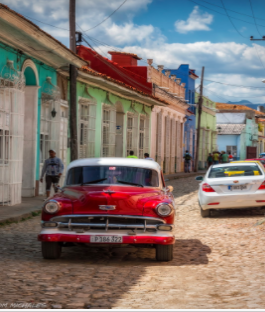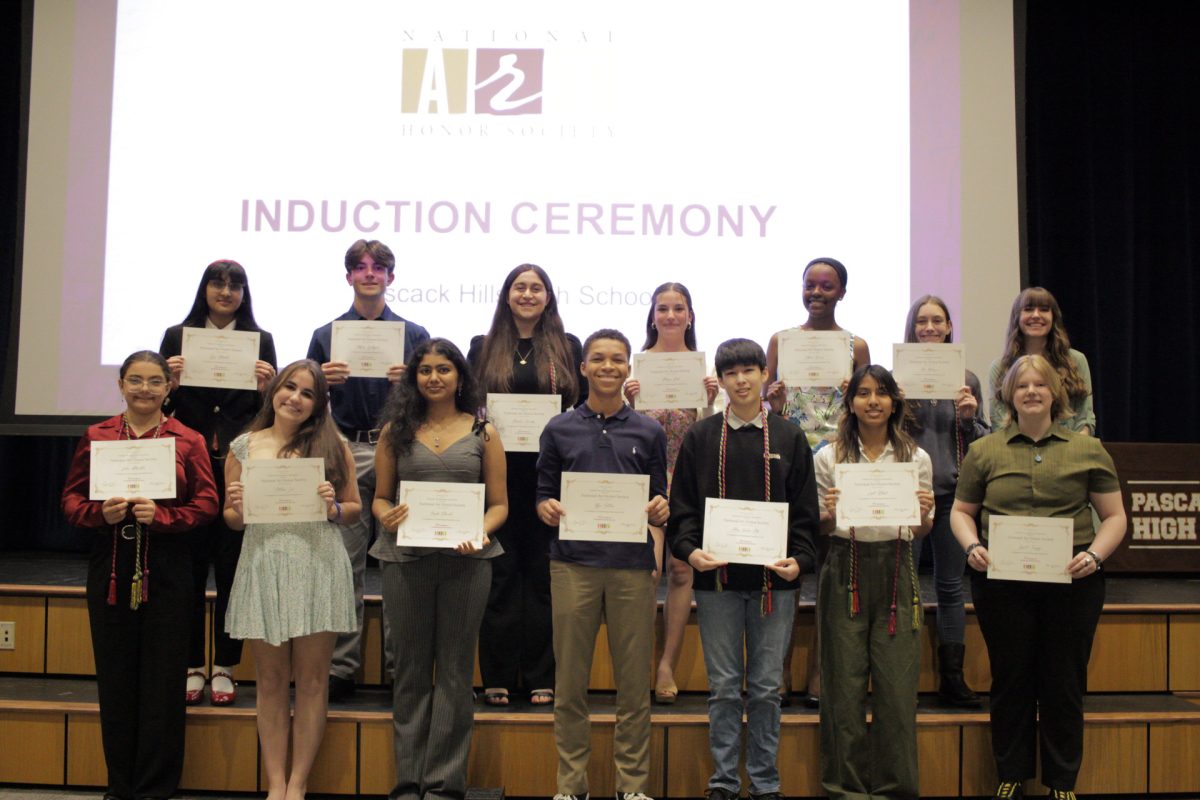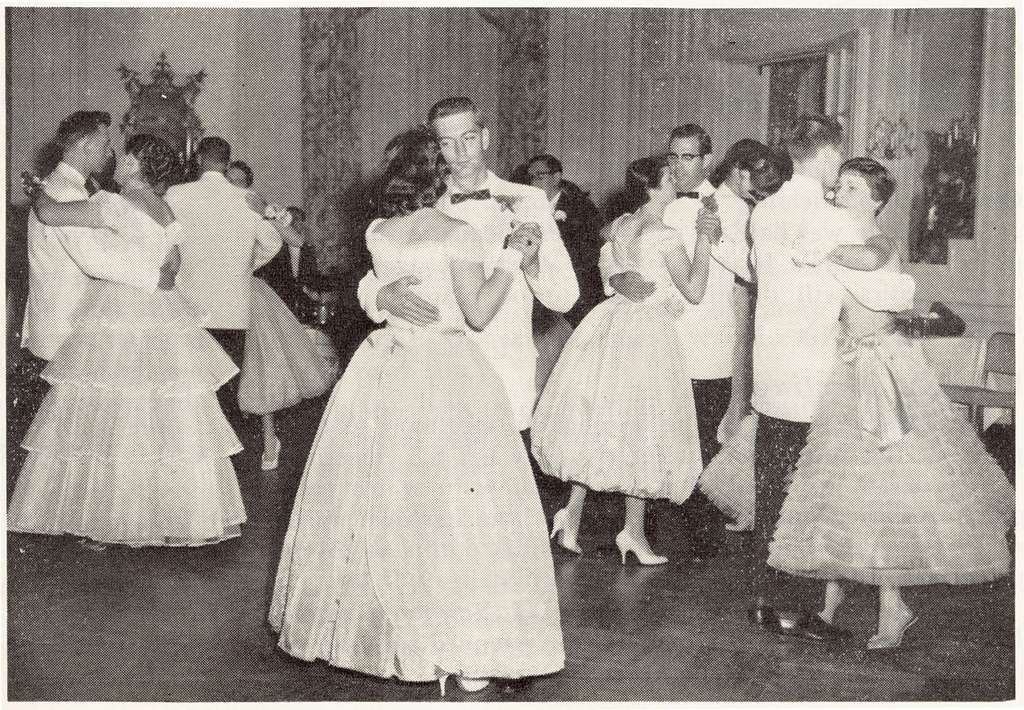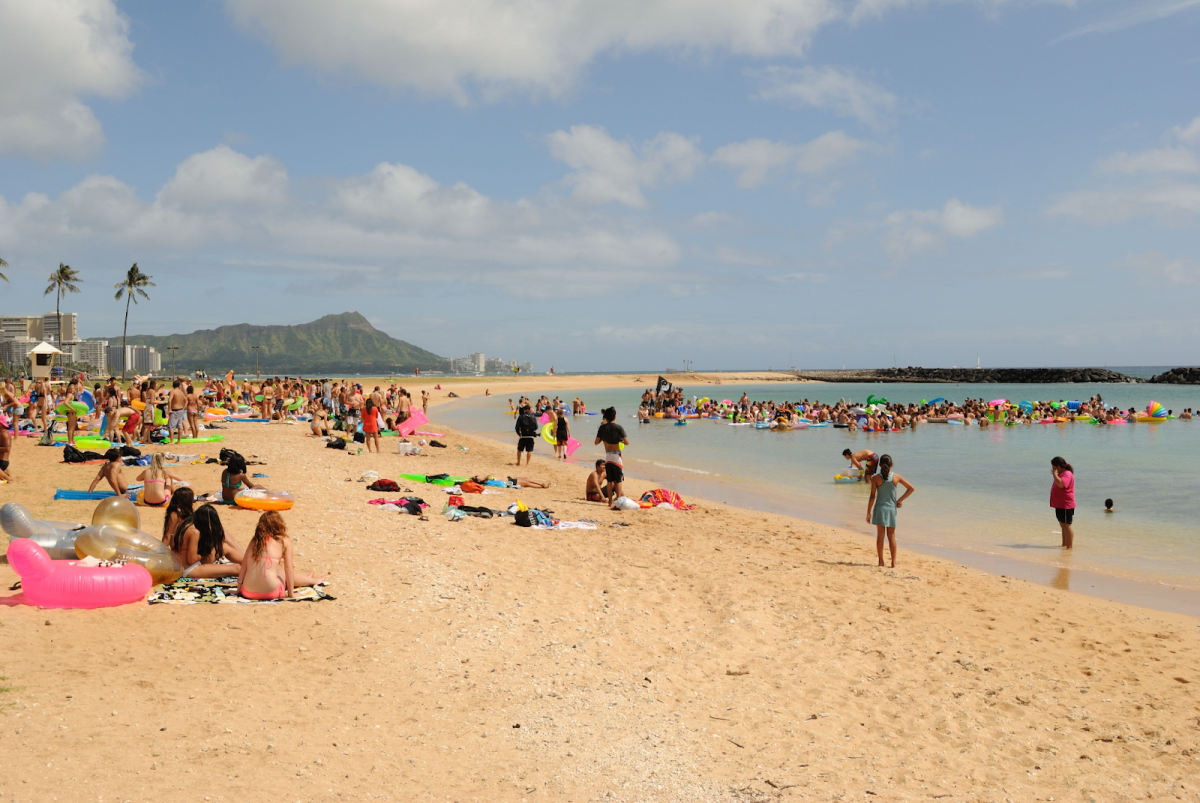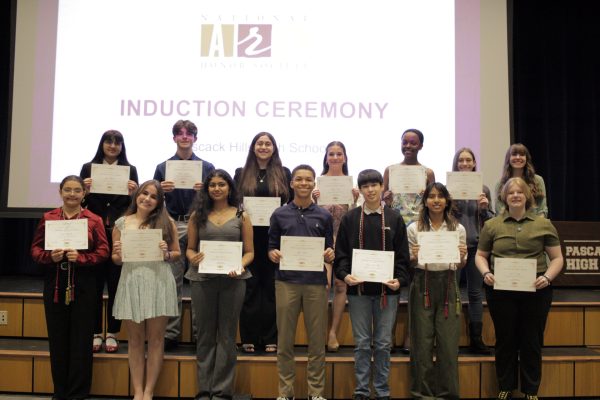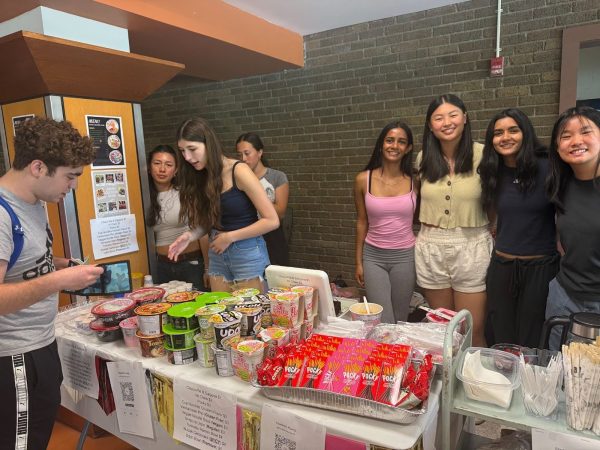An inside look at our other Southern neighbor
Editor’s Note: The following is a personal essay. The opinions presented are the writer’s own and are not representative of the Trailblazer newspaper staff or Pascack Hills High School.
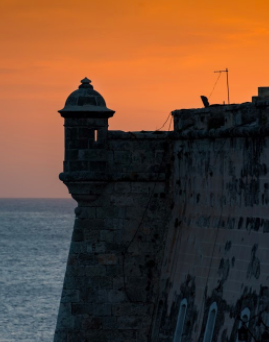
Photo by Thomas Michales.
Amid sun-scorched, rugged hills live proud people who value their independence and sovereignty above anything else. They inhabit an island 90 miles south from the Florida Keys, in a place effectively lost in time.
Cuba, the other southern neighbor to the United States, has been severed from our attention due to a choice made in the 1960s, in which communism became the leading ideology. Consequently, history textbooks refuse to mention the island, aside from the CIA debacle known as the Bay of Pigs and the Cuban Missile Crisis.
American citizens have not been able to travel to Cuba, due to a series of economic restrictions placed on the nation by the United States government. However, in 2015, then-President, Barack Obama eased the restrictions, allowing for American tourists to flock to the island in ever increasing waves.
Over spring break, I took a trip there. It has been a dream of my grandmother’s to visit Cuba for a while, and my family decided to take a trip there this year; mainly because we could finally legally travel there. We booked a trip with the company InsightCuba, who run several programs for tourists in Cuba.
And yet, even as I hopped on a direct flight from Newark to Havana, I still had my doubts. Doubts about how it was all going to work, or if it would work.
They were quickly dispelled.
Over the span of nine days, I crisscrossed the country, visiting three major cities: Havana, Cienfuegos, and Trinidad. I spoke to various musicians, children, owners of mini-hotels called hostals, drivers of antique cars, and many others, all in a very relaxed atmosphere. Despite the occasional saber-rattling tone of the two governments, the Cuban people have no quarrel with the American people, and are quite willing to share all they have.
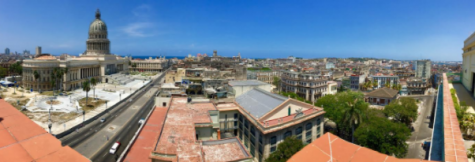
As a fan of history, it was extremely interesting to see history from the Cuban perspective. At a museum dedicated to the failed Bay of Pigs Invasion, the battle is presented as a glorious victory against mercenaries, rather than the American depiction of a complete catastrophe orchestrated by the CIA.
Despite Cuba’s relative proximity, it is not a place for new international travellers. English is rare but present, so some knowledge and understanding of Spanish is absolutely necessary. Cuba has two national currencies, the Cuban Peso and the Convertible Peso, yet most transactions can be done with Convertible Pesos, which are equivalent in value to the US Dollar. In Cuba, the tap water is not very safe to drink, so an ample supply of bottled water is needed to survive comfortably.
Now that travel restrictions are beginning to fall more rapidly, the relationship between Cuba and the United States is going to change drastically. If you are interested in seeing Old Cuba, with crumbling buildings and antique cars, now is the time to act. Before long, there will be American chain stores on almost every corner.
